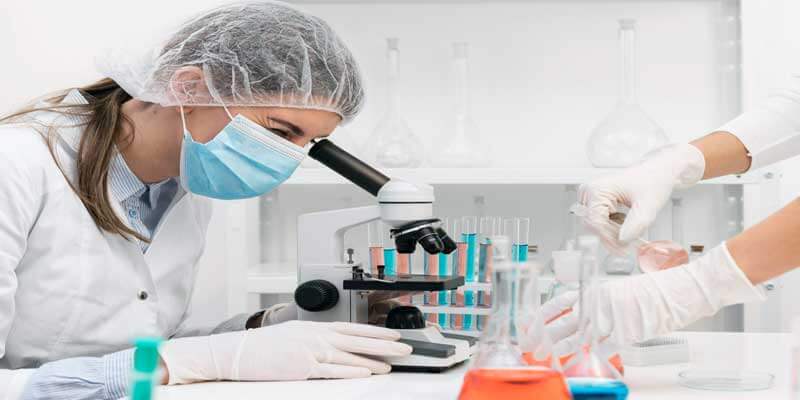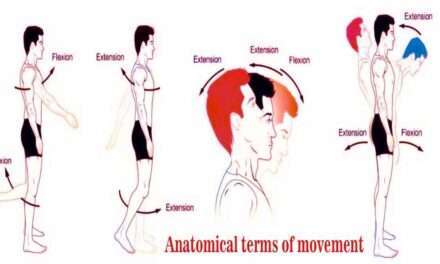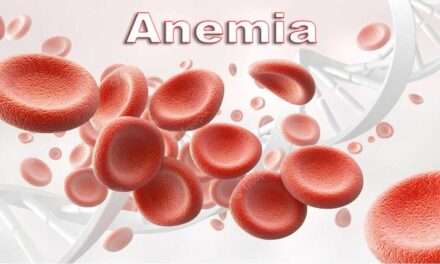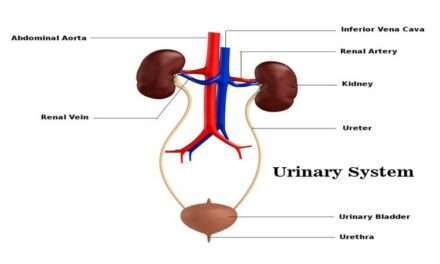Do you want to learn about the pathophysiology? Before studying pathophysiology, it is vital to acquire a fundamental understanding of how a cell works. The health of our cells is important to the proper operation of every system in the body. As a result, having an understanding of cellular biology is required to comprehend the illness. Because of the abundance of information accessible, it is now clear how cells communicate with one another as multicellular “social organisms.” In some circles, “crosstalk” refers to the process through which cellular communications are generated, sent, received, processed, and utilized by the cell.
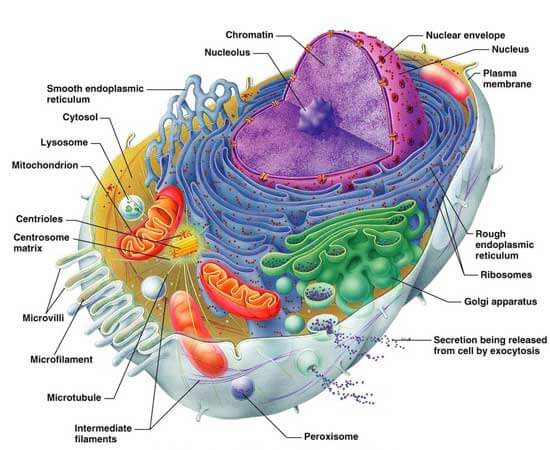
Cellular communication is sometimes known as “crosstalk.” This streamlined communication between, inside, and among cells aids in preserving each cell’s function and specialization. Each cell uses intercellular communication to determine its precise location and the specific job it plays in the body. The body’s cells must display “chemical affection” not only for one another but also for the environment in which they live. When the cells can no longer resist this affection, the dialogue ends. At this point, the cells must either adapt, which usually entails a change in function, or become more prone to isolation, injury, illness, or death.
What is Pathophysiology?
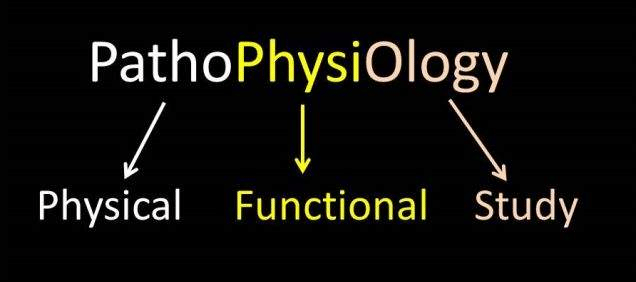
The prefix patho refers to visible changes in a person’s physical appearance, whereas physio refers to the functional processes or mechanisms that occur throughout disease progression. The term “pathophysiology” refers to the study of the changes that occur as a disease progresses. The term “pathophysiology” in toxicology refers to the biochemical and physical changes that occur when a person (also known as the “host”) is exposed to hazardous doses of a toxin. Exposure to the drug can produce these effects.
Another definition of Pathophysiology is the study of abnormal changes in biological functioning that are the causes, consequences, or co-morbidities of disease processes. Pathophysiology is derived from the Greek words “pathos,” which means “suffering,” “physis,” which means “nature,” and “logos,” which means “speech” (the study of).
What is the focus of Pathophysiology?
The fundamental focus of pathophysiology research is the examination of biological processes that are directly related to the disease processes of physical, mental, or psychophysiological diseases and disorders. (For example, changes in the endocrine system, specific neurotransmitters, or inflammatory markers connected to immune system activity). Pathophysiology research seeks biological indicators and mechanisms to foresee and explain illness processes in terms of etiology and pathogenesis. Pathophysiology is now explicitly recognized as a distinct branch of the study of physiology.
In other words, Pathophysiology is the study of irregularities in usual mechanical, physical, and biochemical processes that may be produced or result from diseases, aberrant syndromes, or other states that are not necessarily defined as diseases. Pathophysiology is also the study of circumstances that are not necessarily diseases. An alternative definition is a study of how biological and physical symptoms of a disease are linked to the underlying abnormalities and physiological disruptions that create the disease.
What is Sepsis?
Sepsis is one of the potential outcomes of the study of toxins produced by bacteria and their influence on the body and how they might cause harm in the field of infectious disease. Another example would be the study of the chemical changes caused by inflammation in various body tissues. Pathophysiology might be thought of as the meeting point of the more recognized sciences of disease and (normal) physiology, which are connected.
Pathophysiology and toxicology?
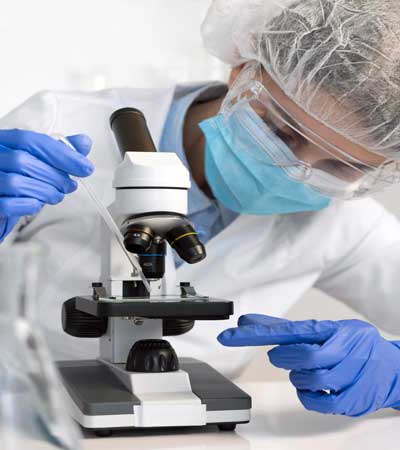
Pathophysiology studies how toxicant features such as dosage and physical and chemical properties interact with host characteristics such as species, life stage, health/reproductive state, metabolism, and individual sensitivity to induce changes in the host’s physiology and biochemistry. These modifications can be physical or biological. Pathophysiology investigates, among other things, how a host reacts to the effects of a poison.
When an organism is exposed to acutely deadly toxins, the organism may die abruptly as a result of physical and chemical damage. In non-lethal toxic exposures, cells, tissues, and organs can become dysfunctional due to toxicant-induced damage; this dysfunction might last for a long time or lead to death.
In general, steps are taken to repair the damage produced by toxicants when the toxicant’s adverse effects continue but do not end in death. When exposed to some toxins, the host can develop defense systems that protect it from further exposure. Carcinogenesis is a process that refers to the dysfunction, repair, and adaptive processes that occur as a result of exposure to specific toxins, which can result in the development of uncontrolled cell growth and the formation of tumors. Carcinogenesis is a process that can lead to the development of malignant tumors.
In most situations, the toxicant is the xenobiotic to which the host was exposed. However, the xenobiotic may be mild in certain circumstances and require bio-activation to generate more toxic metabolites before the detrimental consequences show. Various endogenous systems have evolved to attenuate some toxicants’ adverse effects and/or their metabolites. On the other hand, toxic exposure occurs when these defense mechanisms fail or when the toxicant absorbed exceeds the body’s ability to neutralize its damaging effects. Toxicosis is a clinical condition that can result from being poisoned.
Toxins affect specific molecules, tissues, or organs due to their physical and chemical properties and how they are absorbed, transported, and metabolized by the body. There are three types of effects: direct, indirect, and systemic.
Toxins are compounds that cannot be absorbed by the body and cause only localized damage when they come into contact with the eyes, skin, eyes, or mucous membranes. Toxins include powerful acids and alkalis, such as concentrated hydrochloric acid. Toxins consumed and absorbed by the gastrointestinal system are carried to the liver via the portal vein, where they can inflict direct injury, change into toxic metabolites as a result of bio-activation, or undergo detoxification before entering the general circulation.
Inhaling smoke or other hazardous substances can cause local tissue damage and systemic intoxication from poisonous gases like carbon monoxide or cyanide. Hazardous gases such as cyanide or carbon monoxide can also produce systemic poisoning from smoke and other toxic chemicals.

